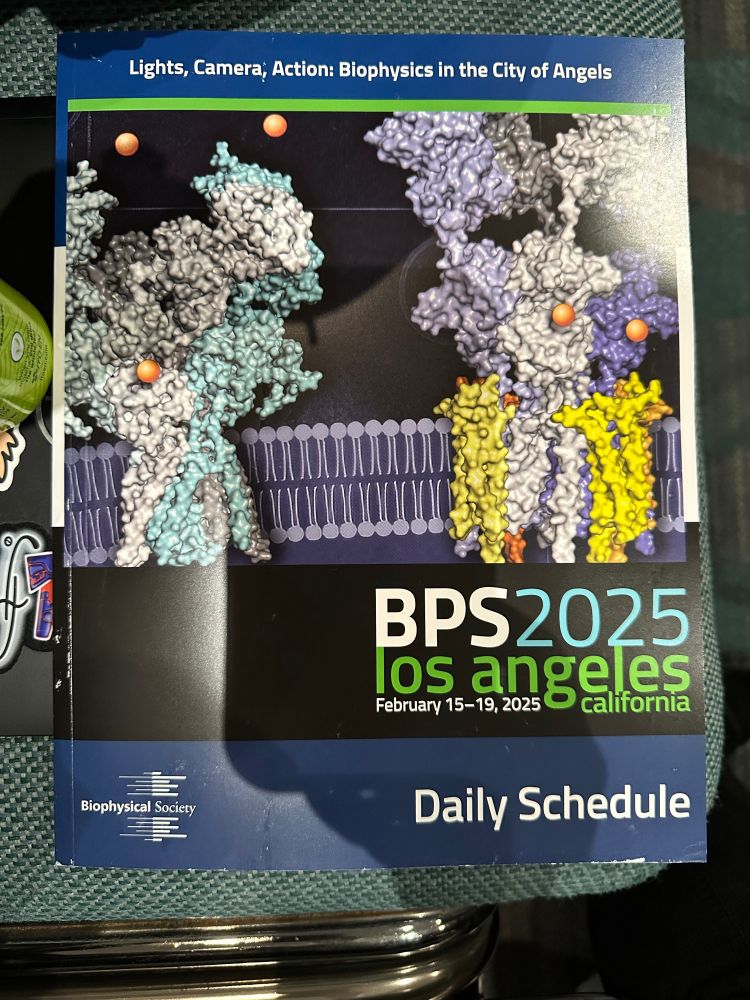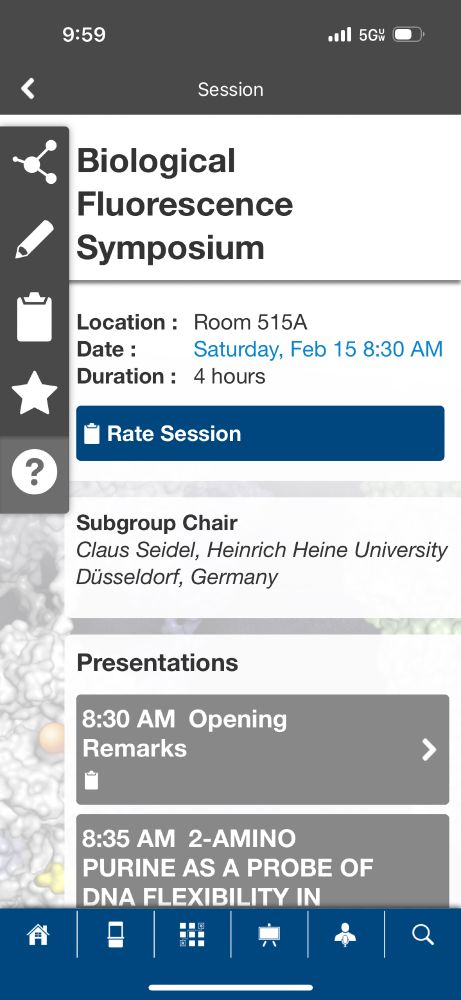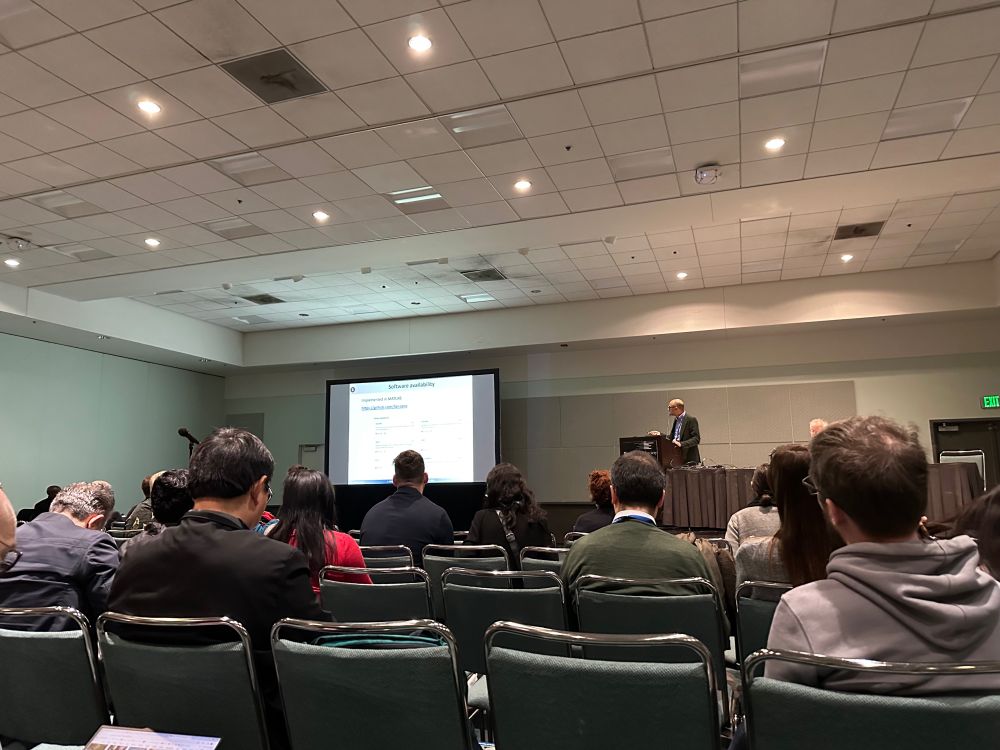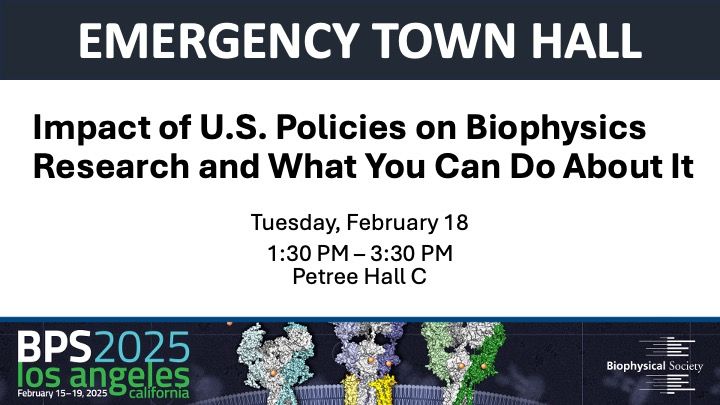For a look at my research papers , tutorials and other scientific texts see my website https://pessoap.github.io/
A testament to the great people we work with (and the unwavering rigor of Bayesian approaches, impervious to hype) 😊 🙏
news.asu.edu/b/20251021-a...
A testament to the great people we work with (and the unwavering rigor of Bayesian approaches, impervious to hype) 😊 🙏
news.asu.edu/b/20251021-a...
doi.org/10.7554/eLif...
doi.org/10.7554/eLif...
Tomorrow I’ll be giving a chalk talk on our new eLife:
“REPOP: bacterial population quantification from plate counts”
elifesciences.org/reviewed-pre...
Looking forward to seeing you!!
#eLife #datascience #biophysics #bioinformatics #Bayesian #REPOP

Tomorrow I’ll be giving a chalk talk on our new eLife:
“REPOP: bacterial population quantification from plate counts”
elifesciences.org/reviewed-pre...
Looking forward to seeing you!!
#eLife #datascience #biophysics #bioinformatics #Bayesian #REPOP
If you do #PlateCounting, you may want to take a look at our new eLife @elife.bsky.social
If you don't, I still encourage you to join for an interesting discussion.
Follow the thread 🧵
elifesciences.org/reviewed-pre...
#Microbiology #DataScience #PyTorch #QuantitativeBiology #REPOP
If you do #PlateCounting, you may want to take a look at our new eLife @elife.bsky.social
If you don't, I still encourage you to join for an interesting discussion.
Follow the thread 🧵
elifesciences.org/reviewed-pre...
#Microbiology #DataScience #PyTorch #QuantitativeBiology #REPOP
🎧 There's an AI-generated podcast of my #TimeSeriesForecasting paper 🤔🤔
www.youtube.com/watch?v=3BNz...
Not sure whether to feel flattered, creeped out, or alarmed.
That is the future I guess 🤷♂️🤷♂️
To read the full paper: doi.org/10.1088/2632...

🎧 There's an AI-generated podcast of my #TimeSeriesForecasting paper 🤔🤔
www.youtube.com/watch?v=3BNz...
Not sure whether to feel flattered, creeped out, or alarmed.
That is the future I guess 🤷♂️🤷♂️
To read the full paper: doi.org/10.1088/2632...
✅ Simulate complex, non-Markovian biological dynamics
✅ Train conditional normalizing flows to approximate intractable likelihoods
✅ Perform full #Bayesian inference on anything you can simulate.
arxiv.org/abs/2506.09374

✅ Simulate complex, non-Markovian biological dynamics
✅ Train conditional normalizing flows to approximate intractable likelihoods
✅ Perform full #Bayesian inference on anything you can simulate.
arxiv.org/abs/2506.09374
We apply this to yeast expressing GFP under the glc3 promoter.
🌱 At first glance, high fluorescence seems like gene activation. But when you model protein inheritance across divisions...
Most cells are actually inactive — just glowing their ancestors GFP.
We apply this to yeast expressing GFP under the glc3 promoter.
🌱 At first glance, high fluorescence seems like gene activation. But when you model protein inheritance across divisions...
Most cells are actually inactive — just glowing their ancestors GFP.
Despite the complexity, these dynamics are easy to simulate — protein production, cell division, fluorescence, all of it.
So we flipped the problem: We train neural networks on simulations to learn the likelihood function itself.
Despite the complexity, these dynamics are easy to simulate — protein production, cell division, fluorescence, all of it.
So we flipped the problem: We train neural networks on simulations to learn the likelihood function itself.
Because of that clock, division times aren’t memoryless -- they’re not exponential.
This breaks standard models of gene expression, that is:
NO Master Equations
NO Fokker-Planck equations
We had rethink how we do inference.

Because of that clock, division times aren’t memoryless -- they’re not exponential.
This breaks standard models of gene expression, that is:
NO Master Equations
NO Fokker-Planck equations
We had rethink how we do inference.
In this new preprint, we analyze #flowcytometry data of stress regulation in yeast
🧬 We indirectly observe protein levels through fluorescence.
But here's the catch:
1 - Proteins live much longer than a single cell cycle
2 - Cell division follows a biological clock
In this new preprint, we analyze #flowcytometry data of stress regulation in yeast
🧬 We indirectly observe protein levels through fluorescence.
But here's the catch:
1 - Proteins live much longer than a single cell cycle
2 - Cell division follows a biological clock
The class of stochastic models we can simulate is A LOT larger than the ones we can write likelihoods.
What if we could learn the likelihood directly from simulation? See the 🧵👇
arxiv.org/abs/2506.09374
#SimulationBasedInference #Neuralnetworks #AI

The class of stochastic models we can simulate is A LOT larger than the ones we can write likelihoods.
What if we could learn the likelihood directly from simulation? See the 🧵👇
arxiv.org/abs/2506.09374
#SimulationBasedInference #Neuralnetworks #AI
If you plate, you need REPOP.
Preprint -- doi.org/10.1101/2025...
Software -- github.com/PessoaP/REPOP
Special thanks to the Lab Members - Pedro Pessoa, Carol Lu and Stanimir Tashev
As well as Rory Kruithoff and Douglas P Shepherd
#Biophysics #QuantitativeBiology

If you plate, you need REPOP.
Preprint -- doi.org/10.1101/2025...
Software -- github.com/PessoaP/REPOP
Special thanks to the Lab Members - Pedro Pessoa, Carol Lu and Stanimir Tashev
As well as Rory Kruithoff and Douglas P Shepherd
#Biophysics #QuantitativeBiology
This is why we built REPOP, an #opensource tool to REconstruct POpulations from plates.
Straightforward to use and with tutorials available on #GitHub
github.com/PessoaP/REPOP
With all the #Bayesian Rigor and #PyTorch speed

This is why we built REPOP, an #opensource tool to REconstruct POpulations from plates.
Straightforward to use and with tutorials available on #GitHub
github.com/PessoaP/REPOP
With all the #Bayesian Rigor and #PyTorch speed
As we show in the preprint, this
- Overestimatese variability
- Can miss real structure in your population: Subpopulations and/or multimodality as biological differences across samples,
As we show in the preprint, this
- Overestimatese variability
- Can miss real structure in your population: Subpopulations and/or multimodality as biological differences across samples,
This assumes:
– No randomness in how many bacteria end up on the plate
– No randomness in the original swab
In reality, every step is noisy.
This assumes:
– No randomness in how many bacteria end up on the plate
– No randomness in the original swab
In reality, every step is noisy.
Plate counting is a simple:
You dilute a sample, plate a small volume, and count colonies.
Say you dilute by 200×, and count 50 colonies.
Easy just multiply 50 × 200 = 10k bacteria, right?
NOT QUITE...

Plate counting is a simple:
You dilute a sample, plate a small volume, and count colonies.
Say you dilute by 200×, and count 50 colonies.
Easy just multiply 50 × 200 = 10k bacteria, right?
NOT QUITE...
If you do #PlateCounting , I want you to take a look at this new preprint.🧫🧫🧫
If you don't, I still encourage you to join for an interesting discussion.
Follow the thread 🧵
doi.org/10.1101/2025...
#Microbiology #DataScience #PyTorch #QuantitativeBiology #REPOP

If you do #PlateCounting , I want you to take a look at this new preprint.🧫🧫🧫
If you don't, I still encourage you to join for an interesting discussion.
Follow the thread 🧵
doi.org/10.1101/2025...
#Microbiology #DataScience #PyTorch #QuantitativeBiology #REPOP
There’s a way to do it right: Combining it with Bayesian inference. Instead of just getting a rough guess, we can properly quantify uncertainty.
That is what I have written in my blog today. Check it out

There’s a way to do it right: Combining it with Bayesian inference. Instead of just getting a rough guess, we can properly quantify uncertainty.
That is what I have written in my blog today. Check it out
Today, we celebrate π with a fun (but dubious) way to calculate it:
1️⃣ Toss random points into a square.
2️⃣ Count how many land inside the inscribed circle.
3️⃣ Use the ratio to approximate π/4
labpresse.com/2053-2/
#Bayes #DataScience #MonteCarlo #Probability
Today, we celebrate π with a fun (but dubious) way to calculate it:
1️⃣ Toss random points into a square.
2️⃣ Count how many land inside the inscribed circle.
3️⃣ Use the ratio to approximate π/4
labpresse.com/2053-2/
#Bayes #DataScience #MonteCarlo #Probability
Answer: Protein that destroys large language models
😂 😂 😂
#AI #biophysics #BPS2025
Answer: Protein that destroys large language models
😂 😂 😂
#AI #biophysics #BPS2025








